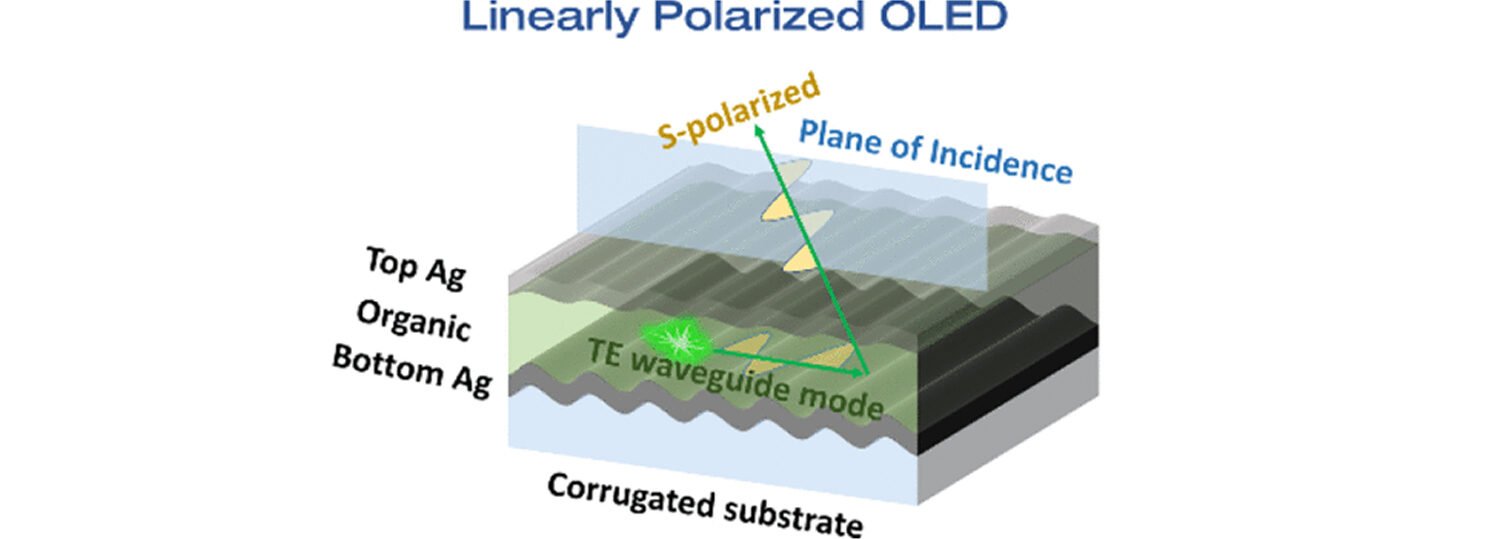
Swiss software company FLUXiM featured a publication by the OEMD Lab, led by Prof. Franky So. The publication “High-Efficiency Linearly Polarized Organic Light-Emitting Diodes” details OLEDs with Simulation Software for Organic and Perovskite Solar Cells and LEDs (SETFOS), and ramped up polarized light to 67.6%, hitting a stellar 136 cd/A efficiency: a game changer for quantum dots and perovskite LEDs.
Why this is important
Unlike standard OLEDs, where only a small fraction of light is polarized, their novel architecture boosts this significantly. By outcoupling the TE waveguide mode, using a semitransparent top electrode, Prof So’s team increased the mode’s power fraction to 67.6%, achieving an impressive current efficiency of 136 cd/A with a polarization ratio above 30.
This design is more efficient and easier to fabricate, promising for quantum dots and perovskite LEDs.
SETFOS is a great simulation software for OLED designs. The user interface is intuitive to use, and the graphical presentation of the simulation results is well done.
Prof. Franky So
“SETFOS is a great simulation software for OLED designs,” says So. “The user interface is intuitive to use, and the graphical presentation of the simulation results is well done. We find the quantification of optical modes and the determination of their dispersion particularly useful. It allows us to optimize the OLED structure with a few clicks, and the results are in good agreement with experimental data. Setfos saved us a tremendous amount of time to model our nanostructured OLEDs. It is truly a powerful tool for our OLED research.”
How SETFOS was used
SETFOS simulations were pivotal in optimizing the OLED device’s design, improving the distribution of light modes, and enhancing the efficiency of polarized light emission.
The team’s method opens avenues for high-throughput production, paving the way for advanced OLED applications.
